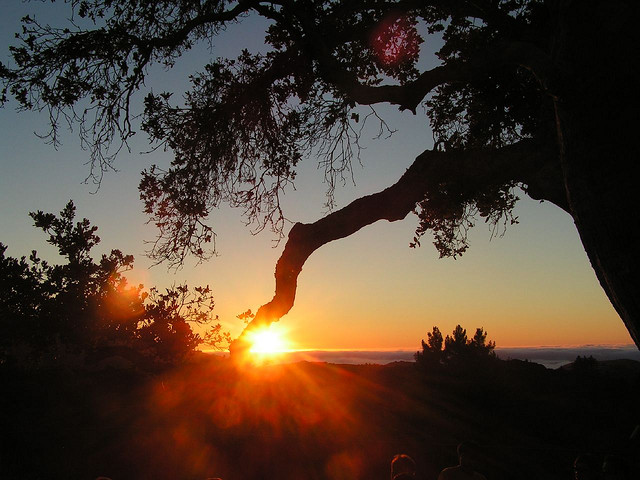If you missed my previous post on trophy property, the definition will bring you up to speed in a hurry:
“A trophy property is an investment grade property represented by value or price at the top 2.5 percentile of properties in its particular land use category and is distinguished by special high-quality attributes that will attract the financial resources, in cash, to purchase it.”1
For some, the term trophy property will conjure up ideas of an isolated mansion erected in the middle of miles of premium (and private) acreage. While such a scenario can and does exist, trophy property is often dissected into lots designed as part of a larger, active environment. These are known as ranch preservation communities.
Romanticism and nostalgia drive up demand (and prices) for lots in ranch preservation communities, stemming from the vision of owning and preserving a piece of the American frontier. This is why ranch preservation communities have sprung to life throughout the West and Southwestern United States, from Jackson Hole in Wyoming to the deserts of Arizona. These communities are often carefully constructed to maximize panoramic views facing the great mountain ranges of the West, like the Grand Tetons and the Rockies. Elsewhere, ranch preservation communities are spread across lush foothills within reach of wine country and rugged Californian coastline in places like Carmel.
Because these communities are so often situated in front of nature at its most cinematic, amenities with a focus on outdoor recreation become an obvious fit. Ranch preservation communities construct top-notch equestrian centers and mark off portions of the community lands for related activities. Golf is another prevalent feature. Many ranch preservation communities are located near well-regarded golf courses, while some go a step further and have one built in, designed to weave throughout the home sites and common areas. One such example is the Santa Lucia Preserve, a 20,000-acre community within walking distance of Pebble Beach and Monterey. Sure, you can take in those historic courses, or you can opt to stay on site to play the 18 holes designed for the Santa Lucia Preserve by the famed Tom Fazio, the man named by the American Society of Golf Course Architects as having more credits on Golf Digest‘s list of America’s 100 Greatest Golf Courses than any other living designer.2 Fly-fishing, birding, hiking, bicycling, and environmentally protected habitat are all typical features in a ranch preservation community. When owners are ready to relax from all of the activity, further amenities make that an easy transition, from pools and club houses to restaurants and a full-time concierge service.
There’s a good reason to feel romantic about the West. There’s only so much of it to go around, especially when it comes to owning a sliver of the more iconic regions. That’s why buyers are prepared to pay top dollar for membership and ownership within a ranch preservation community. How much? In many cases, several million dollars for a property and homestead, and that doesn’t cover the association fees, which can be in tens of thousands per year.

Sunset at Santa Lucia Preserve, by Matthias Book.
– Ian Ebright





Recent Comments